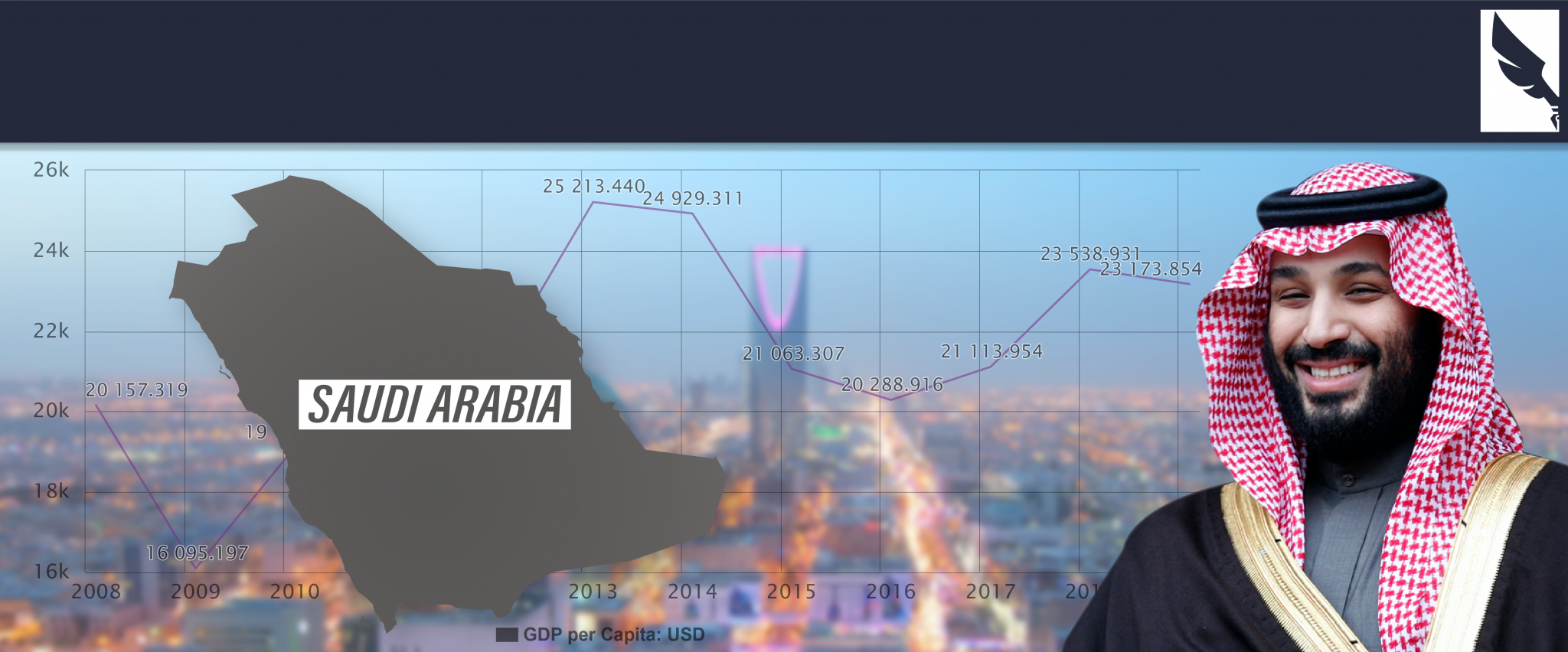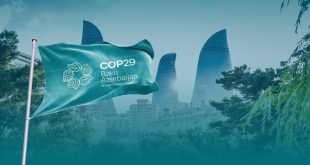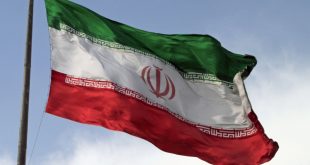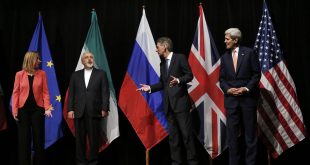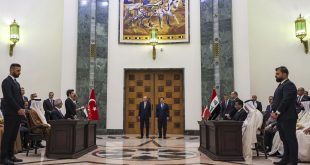2020 has been a difficult year for the Gulf. All members of the Gulf Cooperation Council, heavily reliant on oil, have been severely impacted by the economic turmoil of the ongoing COVID-19 pandemic. For no country is this more important than Saudi Arabia, the world’s largest oil producer, which depends almost exclusively on oil revenues to finance its economic development programs. Amid travel restrictions and slowing industrial activities, the price of oil dramatically decreased in the second quarter of 2020, leading to enormous budget shortfalls in Riyadh. The low price of oil has made diversification efforts more urgent than ever, but Saudi Arabia’s enormous oil reserves, and its low cost of extraction, have made it difficult for the kingdom to pursue non-oil-based economic policies.
In late January, Crown Prince of Saudi Arabia, Mohammed bin Salman (MbS), announced a new strategy for the country’s Public Investment Fund for the next five years. According to the Crown Prince, 150 billion Saudi riyals (approx. $40 billion USD) will be spent annually on the domestic economy, with the private sector as an important partner in this regard. According to the plan’s goals, by the end of the five-year period, the share of domestic companies in development projects would reach 60%. MbS said that the initiative was part of Saudi Arabia’s “Vision 2030” plan, with the aim of creating new job sectors, shaping strategic economic partnerships, and localizing technology and knowledge.
The head of the Saudi Investment Fund suggested that “[t]here is a possibility of selling more Aramco shares in the future if market conditions are favorable.” Aramco shares fell by 0.14 percent on Thursday to 37 rials and 75 cents ($9.26), bringing Aramco to $1.86 trillion. It should be noted that, as MbS pointed out, achieving Saudi Arabia’s future economic goals in this way relies on stable market conditions and increasing oil prices in the future.
COVID-19 and Vision 2030
Saudi Arabia’s Vision 2030 plan has many lofty goals: active and independent citizens, better education, increased critical thinking ability, more entrepreneurship, and a larger and more independent private sector. However, it is not yet clear whether the government actually wants citizens to be more independent and free-thinking. Specifically, promises of liberalization in the future have not yet been matched by changes in the freedom of the press or the release of information. The Saudi government continues to prefer a private sector wholly dependent on the goodwill of the government rather than a genuinely independent business class. The government may also change the balance between key domains by executive fiat. For example, several measures were taken under King Salman to weaken the power of the religious police and give more opportunities for music and entertainment. The government also reformed labor laws, attempting to lower unemployment at the expense of business elites. Saudi Arabia uses a price-cutting policy to maintain market share; Riyadh cut oil prices for its Asian and American customers last November as the COVID-19 uptick dimmed the outlook for the energy market. Aramco cut the price of Arab Light crude to Asia by 10 cents per barrel in December, (Asia is Saudi Arabia’s largest oil market.)
In addition to its five-year plan, Saudi Arabia will also continue to work on the city of Neom. On January 10, Mohammed bin Salman announced the launch of the “Line” project as a city without cars and carbon in Saudi Arabia. The $500 billion project aims to build on the concept of foresight and bring the oil country closer to the environment and sustainable energy. The project, which Saudi officials have considered for years, is located on the Red Sea coast in Tabuk province. According to the Neom project statement, the city will have services such as schools, health centers, and green spaces, as well as high-speed public transport. Artificial intelligence plays a key role in the design of this city. It is suggested that the city will be run with 100% clean energy, and the project is expected to create 380,000 jobs and is projected to contribute $48 billion to the Kingdom of Saudi Arabia by 2030.
As reported by Reuters, Saudi Arabia also announced that it had allocated a budget of 990 billion riyals ($264 billion) for 2021 – about 7 percent less than this year’s projected investment – in order to close the a large deficit triggered by 2020’s lower oil revenues (and other losses connected to the coronavirus pandemic). According to a budget statement, the kingdom expects to report a deficit of 298 billion riyals this year, 12 percent of its gross domestic product (GDP), and 141 billion riyals, or 4.9 percent of GDP, next year. However, it expects to have its budget almost balanced by 2023. The Ministry of Finance claimed that the budget reflected Saudi Arabia’s ability to adopt appropriate policies to balance, in the medium and long term, growth, economic stability, and fiscal sustainability.
Saudi Aramco’s Woes
As a result of the coronavirus pandemic, Saudi Aramco’s revenues took a serious blow, undergoing a sudden drop by 44.6 percent in the third quarter of the fiscal year. Since it began reporting its earnings last year, Aramco, by some estimates the world’s largest company, has reported successive declines in quarterly income, placing great pressure on government finances as it pursues ambitious multi-billion-dollar ventures for diversification of an oil-based economy. Nevertheless, the company reported that it was obliged to pay large dividends, even though net profits in the third quarter of the year had dropped drastically to 44.21 billion Saudi riyals ($11.79 billion), compared to $21.3 billion in the same time last year.
The company reported that its net income had fallen by 48.6 percent to $35.02 billion during the first nine months of this year. Despite the downward trend in the market with steady crude prices, the July and September yields of Aramco displayed progress when compared to the second quarter; in spite of the pandemic, it reported a profit of $6.57 billion.
It is true that Riyadh has economic and financial tools to cope with these challenges in the short to medium term, but the plan for creating economic diversification requires real economic and political reforms within the country and an effort to calm the regional situation to ensure stability. If achieved, the program would buoy the Saudi economy and decrease the vulnerability of the country to fluctuations of the global oil market. However, its implementation is dependent on oil revenues and the country’s ability to procure investment from abroad.
Economics Shapes Saudi Politics
Ultimately, to be financially stable, Saudi Arabia will need to undertake serious reforms; it must open its doors to trade, investment, foreign guests, and modern international law. It would also benefit from political reforms such as greater transparency. However, there exist substantial political obstacles to reform – notably the opposition of traditionally powerful religious figures – which hobble Saudi Arabia’s economic performance.
Resistance to reform can also lead to political difficulty. The United States, which supported Saudi Arabia’s military intervention in Yemen for six years, has decided to withdraw under President Joe Biden. While President Biden made it clear that the United States would continue to protect Riyadh from Houthi missile attacks, he ruled out logistical support for the coalition in Yemen itself. Yemen is currently one of the world’s worst humanitarian crises; by some UN estimates, more than 230,000 have lost their lives in the war.
The Biden administration’s decision not to continue US support for the Saudi-Yemeni coalition in Riyadh requires a review of its policy on the Yemen crisis. Given the possibility of the start of Iranian-American nuclear negotiations soon, Saudi Arabia wants to address the country’s security concerns in the talks, and its security concerns should be addressed in a possible new agreement. In addition to the need to stabilize the market and increase oil prices, any tensions in the region could negatively affect the Saudi government’s new economic program.
Currently, investment conditions are provided in all Saudi infrastructure, and with the increasing rate of vaccination in the world, demand in the oil market can be expected to increase. This will likely lead to higher oil prices, although Iran’s possible return to the oil market following diplomacy with the United States could drive the prices down somewhat. If Saudi Arabia’s foreign policy can provide a low-cost solution to regional issues, it can help improve its economy, which has been affected by the outbreak of the coronavirus. Every country needs a method of foreign investment, and Saudi Arabia is no exception to the rule.

